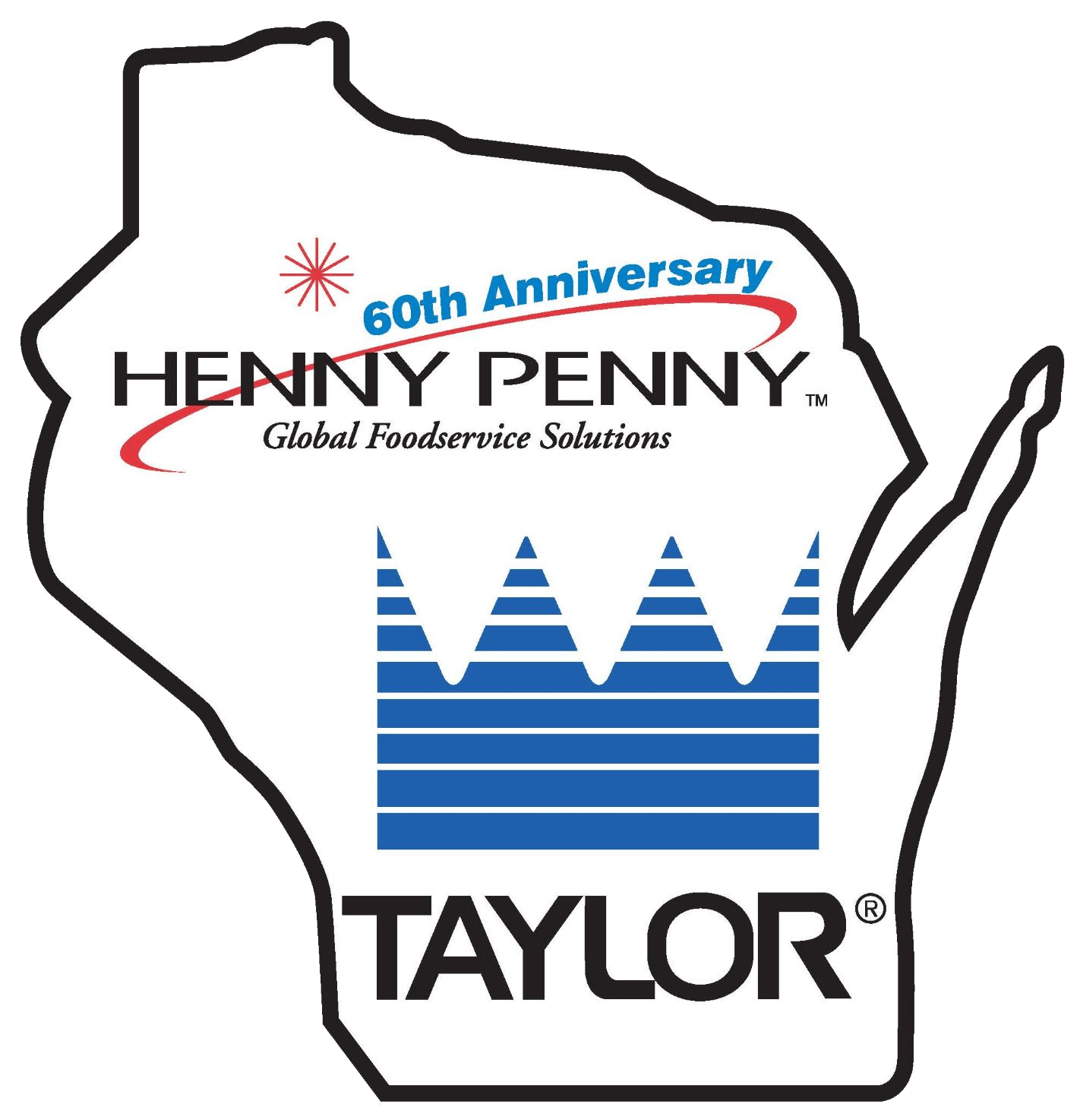There are several different types of commercial fryers available to meet the needs of food service operations. This post includes a list of the different types of commercial fryers and factors to consider when choosing the right commercial fryer for the operation.
Commercial Fryer Types
Ventless Fryers
The biggest benefit of a ventless fryer is that it doesn’t need an expensive and cumbersome hood. Because of this benefit, ventless fryers can be moved from space to space, which is perfect for food service operations in rented spaces. Ventless fryers are also fairly compact and are easier to move around in a kitchen that a vented fryer. These fryers are also enclosed, reducing the risk of injury and fire.
Pros: Can be moved around, Doesn’t need expensive hood, Can produce a variety of products, Less risk of injury and fire than open fryers, Perfect for concession stands, kitchens with small footprints, and smaller food service operations
Cons: Not a good fit for large operations, Limits on amount of product that can be produced
Countertop Fryers
Countertop fryers may be one of the smallest commercial fryers, but it has many capabilities. These fryers can produce a variety of customer favorites, such as mozzarella sticks and fries. Because of their size, countertop fryers don’t require a hood. Countertop fryers can be moved around like a ventless fryer, though they are not enclosed.
Pros: Can be moved around, Doesn’t need an expensive hood, Can produce a variety of products, Perfect for small food service operations
Cons: Some risk of injury and fire, Not a good fit for large operations, Limits on amount of product that can be produced
Open Fryers
These commercial fryers are capable of producing virtually any menu items, from freezer-to-fryer items to breaded items. Open fryers are incredibly versatile appliances available in a variety of sizes that can fit within almost any kitchen footprint. They are also available in gas and electric models and with a single or multiple vats. (Contact a commercial equipment professional to help select the right fryer.)
Pros: Can produce a variety of menu items, Available in a variety of sizes for any kitchen, Capable of producing large amounts during peak times and smaller amounts during less-busy times
Cons: Longer cooking time than pressure fryers for proteins
Pressure Fryers
Pressure fryers use a turbulent cooking process to trap in juices and nutrients, reducing cooking time. The product is heated quickly in an enclosed, pressurized environment at a lower temperature. This cooking process forms a bubble around the product, resulting in a flavorful and delicious product. Because the food does not absorb oil, oil lasts longer and pressure fryers require less maintenance than open fryers. Pressure fryers also require less oil compared to other fryers.
Pros: Can produce a variety of proteins, Uses less cooking time and oil than open fryers, Requires less maintenance than open fryers, Efficient solution for food service operations that produce a lot of proteins
Cons: Cost
Specialized Fryers
Specialized fryers are available for specific menu items, such as funnel cakes. These commercial fryers make the frying process efficient and easy for food service operations that repeatedly produce a specific item—and need it in a hurry.
Pros: Efficient fryer for specialty items, Perfect for small food service operations that offer a particular menu item
Cons: Designed for specific item, Usually can’t produce other menu items
Factors to Consider When Purchasing a Fryer
There are a variety of commercial fryers available for food service operations. Food service operations can select a fryer based on their needs and by considering the follow factors. (A commercial food equipment professional can also assist with choosing the right commercial fryer.)
Fryer Size
The fryer size, space available for the fryer, and amount of product needed are key considerations in selecting the right commercial fryer. Fryers are available in floor models and more compact countertop models. In addition to the size, the fryer needs to be able to produce the right volume of product during busy peak times.
Gas vs. Electric
This factor plays an important role in choosing the right fryer, especially if the food service operation has access to either gas or electric. Gas appliances tend to cost less to operate over the life of the fryer. Electric fryers are easier to move around and install. Some fryers, especially countertop and specialty fryers, are only available in electric models. Food service operators should contact a food equipment professional for specific models available.
Menu Items
Some fryers can produce a variety of menu items, while others are designed for a few specific products. Pressure fryers are an excellent choice for food service operations who produce a high volume of proteins, such as chicken and turkey. Specialty fryers are designed to produce a particular menu item. Food service operations should evaluate their current needs and future offerings when choosing the right commercial fryer.
Vented vs. Ventless
Vented fryers typically cost more to install, but come with benefits that make them a good choice for food service operations. These fryers can produce a variety of menu items efficiently. Ventless fryers are easier to move around in a kitchen footprint and cheaper to install than a vented fryer, but typically cost more to operate. The right fryer typically checks off a number of boxes, including vented or ventless, and should be chosen after considering the food service operation’s current and future needs.
